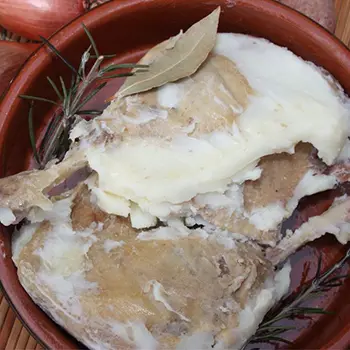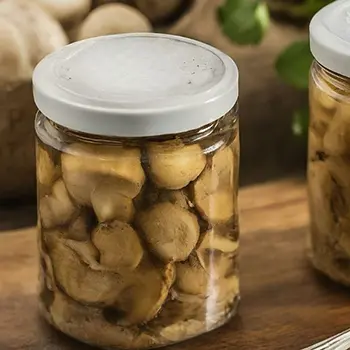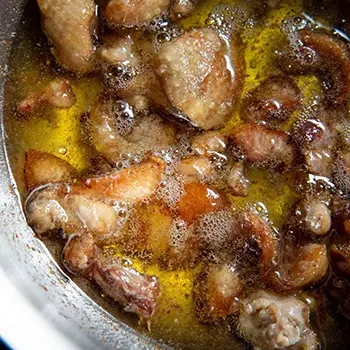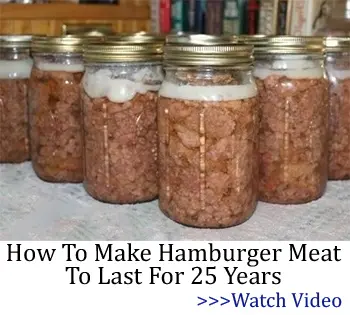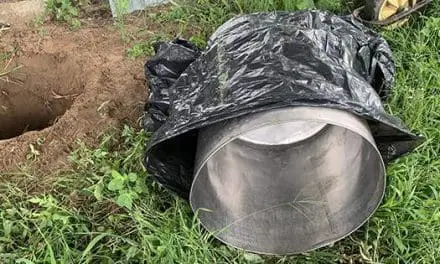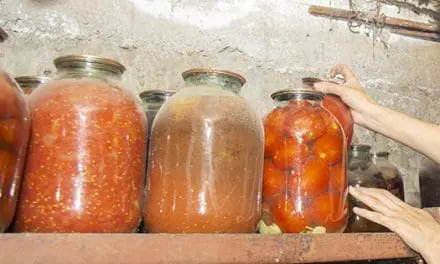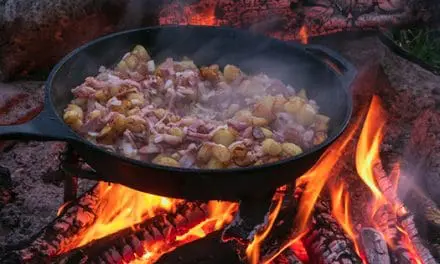Preservation methods have evolved throughout history, from canning and pickling to freezing and dehydrating. One traditional method that remains effective is storing certain foods in lard. If you’re exploring the best foods to store in lard, this age-old technique offers both flavor and longevity.
Lard, rendered from pig fat, has been used for centuries to extend the shelf life of various foods. Not only does it protect against spoilage, but it also imparts a rich and savory flavor to the items it preserves.
This article dives into 10 foods you can preserve in lard, highlighting the creativity and resourcefulness of our ancestors.
Lard excels as a preservation method because it creates an environment where bacteria struggle to survive. Much like salt, lard blocks bacterial growth while keeping food moist and flavorful. Unlike salt, however, lard contains no sodium—it’s simply pure animal fat. This makes it a healthier option that still guarantees delicious results.
Foods To Store In Lard: Pork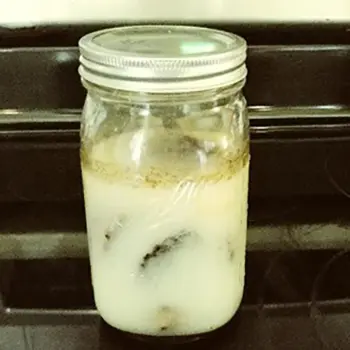
Let’s start with the obvious choice: pork preserved in lard. This method, known as confit, involves slowly cooking pork in its own fat until it becomes tender and succulent.
The result is a delectable treat that lasts a long time.
You can use pork confit in a variety of dishes, from tacos to pasta.
The key to storage of any meat when using lard is to ensure the meat is fully submerged in the fat. This prevents air from penetrating the meat and prevents the growth of dangerous bacteria.
You can learn here the simplest method for butchering and preserving a pig for a whole year without refrigeration, just as my grandparents used to do.
Herbs
This one may be obvious, but you can also preserve your fresh herbs in lard. Preserving fresh herbs in lard is a fantastic way to capture their flavors and aromas for later use.
Use herb-infused lard as a versatile cooking fat, drizzle it over roasted vegetables, or spread it on bread for a flavorful treat. You can even transform it into a distinctive salad dressing.
Once again, creating this delightful treat is super simple. Ensure you completely submerge the herbs in hot lard before storing them in a cool space for later. When ready to use the stored herbs, submerge the container in hot water to melt the lard and enjoy the tasty treat inside.
Foods To Store In Lard: Chicken
You can also store chicken using lard. Chicken preserved in lard is a fantastic way to keep this versatile protein on hand for the future. I have tried this and found it helpful to combat the ever-increasing prices at the grocery store.
I opted to shred the chicken and use it in sandwiches, salads, or tacos. Also, I always ensured it was fully cooked before storing it in my cold cellar. Again. The lard ensures the meat stays moist, flavorful, and free from bacteria.
Onions
Caramelized onions are a beloved addition to any dish, and you can achieve this caramelization by preserving onions in lard.
Much like garlic, onions preserved in lard will hold flavor and remain moist. Use lard-infused onions to enhance the flavors of your stews, burgers, or sandwiches.
Foods To Store In Lard: Garlic
It is not only meats that can benefit from the use of lard. In fact, lard can be used with many foods to extend shelf life and infuse flavor. One excellent example is garlic. Preserving garlic in fat extends its shelf life and transforms it into a truly delicious ingredient for cooking.
The cloves, which will soften over time, can add a mellow, roasted garlic flavor to sauces, soups, and roasted vegetables. Garlic stored in fat retains moisture and absorbs added flavors. If you’re a garlic lover like me, it’s a delightful ingredient to cook with.
Sardines
While sardines are an acquired taste, they hold some benefits. Preserving sardines in lard is a timeless method that enhances the flavor of the fish while keeping it tender. Furthermore, preserved sardines can be enjoyed on toast, in salads, or as a protein-packed addition to pasta dishes.
Foods To Store In Lard: Mushrooms
Another fantastic ingredient I always want on hand is mushrooms. Unfortunately, they spoil rather quickly. However, mushrooms preserved in lard last much longer and can be stored for extended periods.
These preserved mushrooms become a savory treat or flavorful ingredient for future dishes like omelets, pasta, or pizza.
Cheese
Yes, you can even use lard to preserve cheese! This technique, known as cheese larding, involves encasing cheese wheels in fat to protect them from drying out or developing mold. When cheese is preserved this way, the lard provides a seal that keeps it fresh for extended periods.
Foods To Store In Lard: Fruits
Surprisingly, fruits can also be preserved in lard. Fruits have always been a popular preservative among canners, and lard can help make this process even easier.
This technique, known as fruit confit, involves poaching fruits in a mixture of lard and sugar until they become tender and sweet. Preserved fruits can be used as a topping for desserts, stored for later use, or enjoyed as a sweet treat.
Duck
Duck confit is another classic. To make duck confit, cook tender duck legs in lard until they become meltingly tender and infused with flavor. Then, place the cooked meat in a crock or large container and cover it with hot lard.
Once the lard cools and hardens, it forms a protective layer around the meat.
Thanks to this fat seal, duck confit can last for 3-4 months when stored in a cool, dark space in an airtight container. When ready, just heat the meat in the oven for a delicious gourmet meal.
The How-To
Begin by cleaning and sterilizing the container you will use for storage. Heat your lard and cook your meat thoroughly. You can season the meat however you like, just as you would to eat it. In fact, this is an excellent option for those meals with many leftovers.
Once the meat is fully cooked, create layers of meat and lard in your crock or container. Layering ensures the fat covers every inch and prevents air from getting in. Be cautious, as the lard will be hot. It’s also essential to make sure the lard fully covers the meat, leaving no space for air pockets to form.
Make sure to add a generous amount of lard at the top of the container. I typically use at least 2-3 inches of lard to fully encase and protect the meat. This is especially helpful for large portions, allowing you to remove small amounts at a time while keeping the rest preserved.
Related: 50+ Foods That Last 10 Years
Allow the lard to solidify, and then cover it with wax paper. The wax paper helps create a seal that keeps air out of the meal without sticking to the food, breaking down, or compromising the flavor.
Cover the crock or container and store it in a dark, consistently cold place, regardless of the outside temperature. That’s it—it’s effortless.
When considering the best foods to store in lard, this time-honored technique not only extends the shelf life of various ingredients but also enhances their flavor and versatility. From meats to vegetables, herbs, and even cheese and fruits, the possibilities for lard preservation are endless.
Whether you want to experiment with classic recipes, store food for emergencies, or add a touch of culinary nostalgia to your dishes, try preserving foods in lard—you might gain a newfound appreciation for this traditional method.
This article first appeared here.
Pioneer Recipes Every Homesteader Should Learn
Cheap and Easy to Build Root Cellar in Your Own Backyard (Video)
50 Tips From the Great Depression
How to Build a Smokehouse In Your Backyard (with Pictures)
20+ Must-Have Seeds For The Upcoming Crisis


